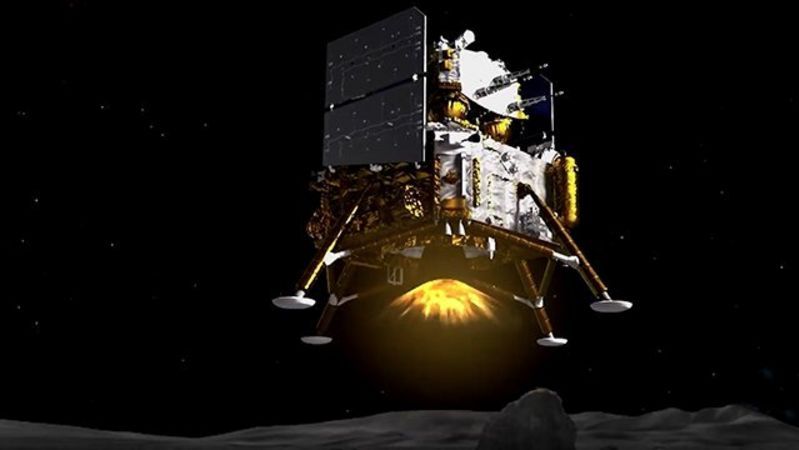Chinese probe sent to collect moon rocks successfully lands on the lunar surface
Science editor Lily Shepherd reports on the successful first part of a mission by the Chinese Space Agency to retrieve lunar samples
 Photo: CNSA
Photo: CNSA
On December 1st last year, the Chinese National Space Administration (CNSA) successfully landed a probe on the surface of the Moon. The probe will bring back the first samples of the lunar surface since 1976, when the Soviet Union brought back samples as part of their Luna-24 mission.
The Chang’e-5 spacecraft, which is named after the Chinese lunar goddess Chang’e, was launched on 24th November and returned back to Earth on December 16th. Its mission is part of a wider programme of lunar exploration that has been undertaken by the CNSA over the past few years.
The mission aimed to drill into a volcanic mound in the previously unexplored area known as Oceanus Procellarum (Ocean of Storms). A robotic arm would then reach down to collect around 2 kilograms of rock and soil. For comparison, the United States brought back 382 kg of samples during the Apollo programme between 1969 and 1972. A vehicle carrying the collected samples then took off from the lunar surface and met a capsule that transported them back to Earth.
China will be only the third country to have retrieved lunar samples after the US and the Soviet Union. The samples will allow Chinese scientists to develop their understanding of the Moon’s composition and atmosphere, as the CNSA have not yet been granted access to the samples collected by NASA during the Apollo missions.
The mission is part of an accelerated programme of space exploration in China. President Xi Jinping has presented several plans for China’s new ‘space dream’, which aims to catch up with the 20th century achievements of the US and Russia and establish China as its own space superpower. Future targets include a permanently crewed Chinese space station, much like the ISS, a lunar base, and rockets which are more powerful and capable of carrying heavier loads than any rockets currently in production.
As China ramps up spending on space exploration and undertakes these ambitious projects, many have likened the recent actions by the US and Chinese space programmes to the space race between the US and the Soviet Union during the Cold War. Several leaders in the US government and space industry have raised concerns about this rivalry and China’s increasing access to space. Despite the seemingly benign nature of the Chang’e-5 sample collection mission, US Space Force General John Raymond described it as a “threat”.
Whatever the outcome of China’s increased space spending, there can be no doubt that the Chang’e-5 mission’s success is an exciting development in space exploration. If its planned return to Earth is also successful, humanity will have gained a little more knowledge about a previously unexplored part of our solar system.










